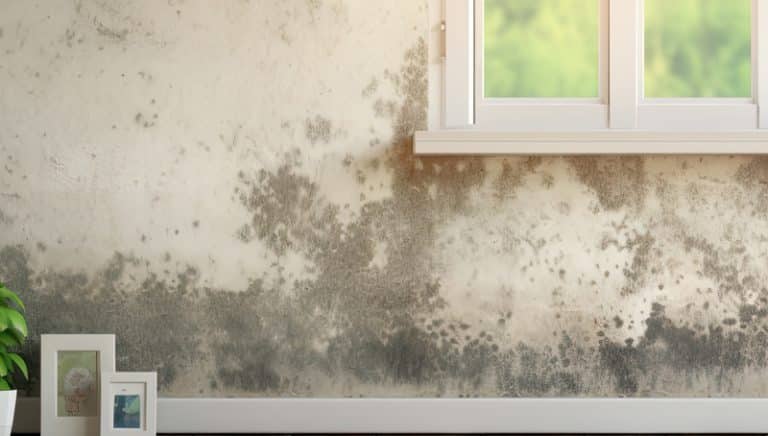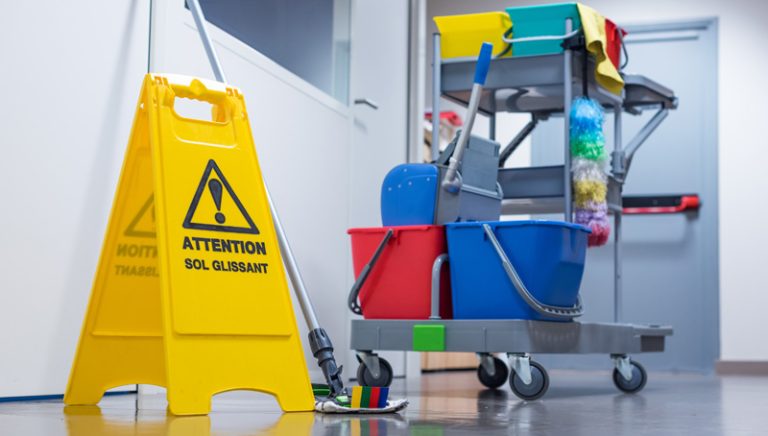If you turn on the faucet some cold winter morn and nothing comes out…oops… you have a frozen pipe somewhere. Nobody expects their pipes to freeze necessarily. But all too frequently it does happen, which accounts for the massive dollars that are spent on repairs during the winter months. This expense not only stems from paying plumbers to fix the damaged pipes and joints, but from the cost in restoring water damage which can reach into the thousands.
If there is no easy way that you can get to the frozen section of pipe, don’t try. Call a professional. Occasionally, however, you might get out of this problem with your shirt still on your back. If you can find the frozen length of pipe, and it is relatively easy to access, there are ways to thaw it out safely. First thing you should do is make sure the faucet is opened up all the way so that the water will have a free escape when it starts flowing again. Then check all the faucets in your house to see if they are also stopped. Next, you have to find a way to warm the exposed pipes.
One way to do this is to wrap a heating pad or a towel soaked in very warm water around the exposed pipe. This can be done easily with strips of duct tape to secure it in place. Then turn the heat up to high. It shouldn’t take long for the water to start trickling in the sink again. Another method for thawing a frozen pipe would be using a hair dryer where the pipe is frozen.
If you can get even a small trickle started, the water flow will probably cause the ice to melt more rapidly. You may here some gurgling sounds coming from your faucet at first, so keep it fully opened until the water is flowing freely then close it – leaving a small trickle while the freezing weather persists.
Ways to prevent a freeze up:
Observing preventative steps is the best way to avoid the problem inside your house.
- keep the faucets dripping on an especially cold winter night to give the mounting pressure a way of escape.
- opening your faucet to a slow trickle does not guarantee your pipes will remain unfrozen, but it can help; flowing water is less likely to freeze.
- insulate all pipes that run through an outside wall, a basement, or an attic.
- keep the sink cabinet doors open, allowing warmer to circulate around the sink pipes,
- don’t turn your thermostat down below 55 degrees if you leave town.
For the outside…
- any waterlines going into and out of a swimming pool should be well insulated or drained.
- detach water hoses from outside spigots, and cover the outlets with foam caps, towels or some other material that will protect them.
- use silicon or caulk to seal any holes or cracks in your outside walls.
What causes a break?
The freezing itself doesn’t cause a pipe to break. As water freezes, it expands. When this happens, water trapped between the ice blockage and the faucet has no place to go. Your pipes and joints are not made to withstand the multiplied pressure. Any defect in the pipe or a joint will break unless it’s relieved.
Conclusion
Spending a little on insulation, foam pipe sleeves, and other preventatives could save a lot more in the long run. All things considered, that proverbial ounce of prevention is usually the best way to go.





